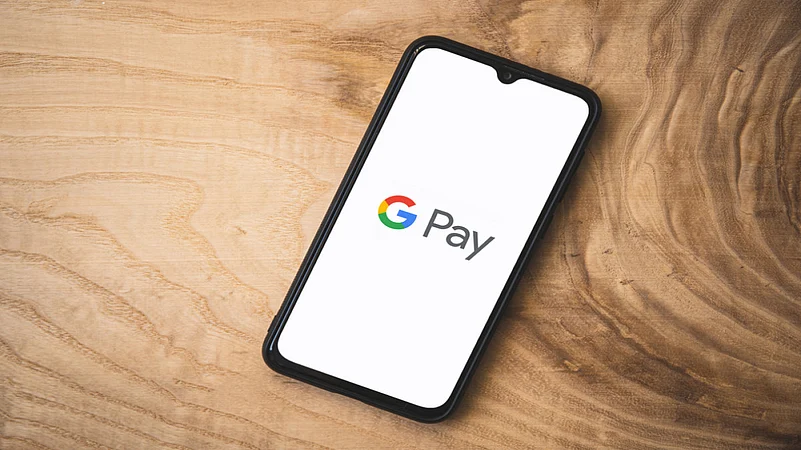Google Pay has introduced a tap-to-pay feature on smartphones for UPI payments in collaboration with Pine Labs on Wednesday.
This will allow people to make payments by just tapping their phones against the POS terminal.
To complete a payment, a person can tap their phone on the POS terminal and authenticate the payment from their phone, using UPI PIN as against scanning a QR code or entering the UPI-linked mobile number.
The functionality will be available to any UPI user who wants to use their NFC-enabled Android smartphone to transact using any Pine Labs Android POS terminal across the country.
This was piloted with Reliance Retail and will now be available at other large merchants such as Future Retail and Starbucks.
"Tap to Pay for UPI has profound implications for high traffic retail outlets, with queue management hassles poised to be greatly reduced, and taking digital payments at POS well beyond cards. We are very excited to bring this first-ever innovation to India, in collaboration with Pine Labs," Sajith Sivanandan, Business Head - Google Pay and Next Billion User initiatives, Google APAC said.
“With Rs 8.26 lakh crore worth of transactions in just a month of December 2021, UPI has taken off in a big way in India. Today, we are pleased to partner Google Pay and enable ‘tap to pay’ for UPI transactions on Pine Labs Android POS terminals. We believe this will further strengthen UPI acceptance in India and appeal to consumers, especially the youth population who have taken a liking for contactless and digital payments.” said Kush Mehra, Chief Business Officer, Pine Labs.
Nalin Bansal, Chief of Corporate and Fintech Relationships and Key Initiatives, NPCI said, “We are delighted to witness the popular Tap and Pay technology being pioneered for UPI. With the growing adoption of UPI, this first-of-its-kind functionality with Google Pay and Pine Labs will augment the customer experience and pave the way for a smarter and faster payment experience. Interoperability has always been a winning proposition for UPI, and this will be a step ahead in transforming the way real-time digital transactions are conducted especially in retail merchants.”
















